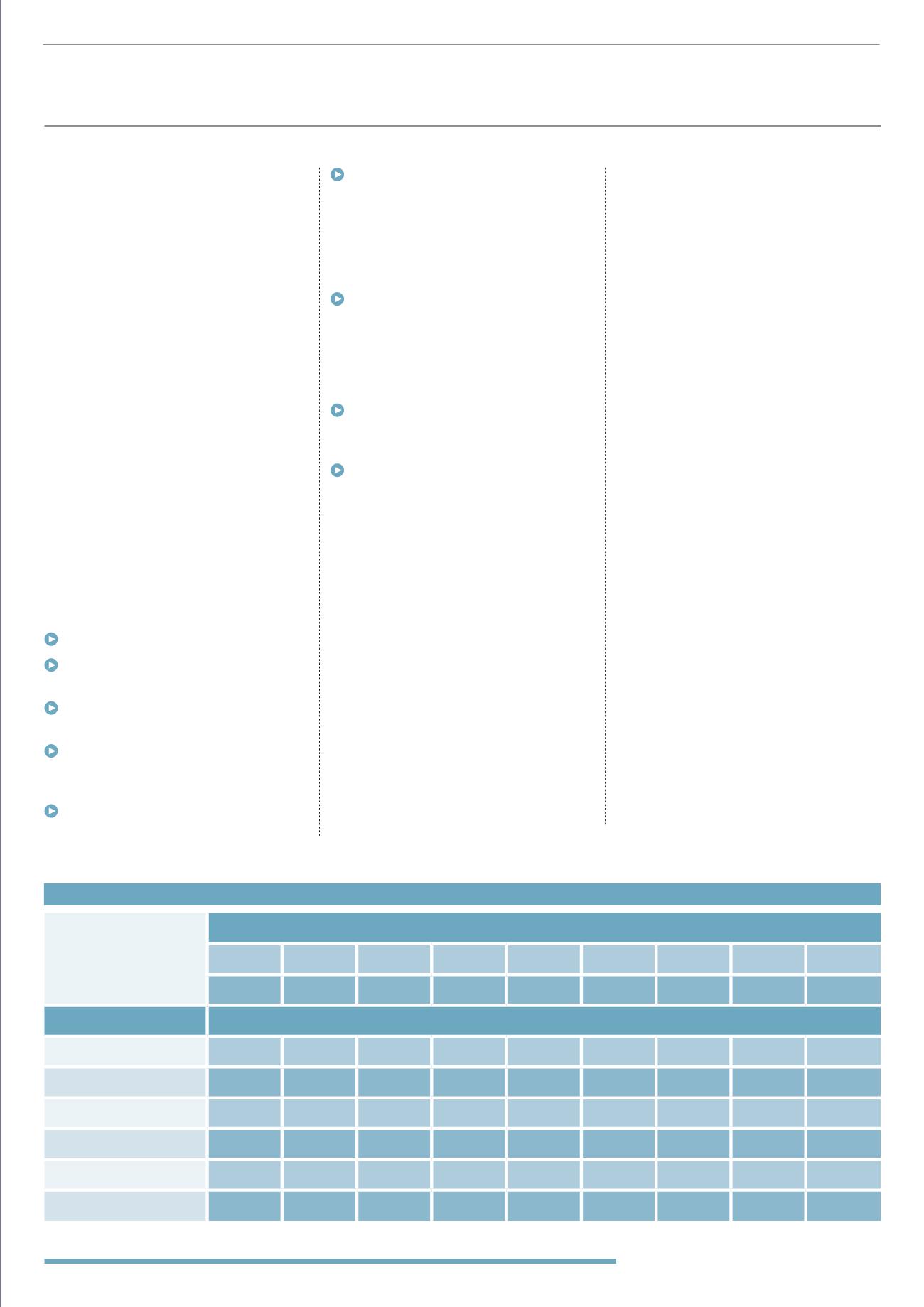
25
TOTAL RETURN
-100% -75% -50% -25% 0%
25% 50% 75% 100%
-£10,000 -£7,500 -£5,000 -£2,500 £-
£2,500 £5,000 £7,500
£10,000
INVESTMENT OPTION
GAIN (LOSS) AFTER TAX AND LOSS RELIEF
Directly Held Shares
-£10,000 -£7,500 -£5,000 -£2,500 £-
£1,500
£3,000 £4,500 £6,000
Shares ISA
-£10,000 -£7,500 -£5,000 -£2,500 £-
£2,500 £5,000 £7,500
£10,000
Shares within a SIPP
-£6,000 -£3,500 -£1,000 £1,500
£4,000 £6,500 £9,000 £11,500 £14,000
VCT
-£7,000 -£4,500 -£2,000 £500
£3,000 £5,500 £8,000 £10,500 £13,000
EIS
-£4,200 -£2,700 -£1,200 £500
£3,000 £5,500 £8,000 £10,500 £13,000
SEIS
-£3,000 -£1,500 £-
£2,500 £5,000 £7,500
£10,000 £12,500 £15,000
In this section, we provide a review of the
advantages of EIS investing and some
comparisons to other investment options.
This is based on simplistic scenarios to
aid your understanding of the concepts
we’re looking at. Real world scenarios
would in all likelihood be more complex,
with advisers having to build portfolios
for their clients over a period of years and
exiting over time, with considerations for
variables that we cannot predict, such as
the performance of individual investments
or changes in client circumstances.
The spreadsheet we built to help us to
conduct this research is available to
subscribers of Intelligent Partnership.
Advisers can adjust the investment
amount, tax status, timeframes and
level of returns used in the calculations
to explore alternative scenarios
they might be interested in.
METHODOLOGY
In all of the scenarios in the table
below, for simplicity’s sake, we
have assumed the following:
Initial investment of £10,000
Investor is a Higher Rate tax payer and
claims all available reliefs
Tax Relief is included as part of the return
(i.e. it was not invested)
We have not included any asset
management charges or transaction
charges in the calculations
We have assumed no dividends are paid
as they are smaller companies
This does not include the portfolio effect
of variance between underlying investments
within an EIS e.g. if one company in the
portfolio falls to zero and another increases
by 50%
FINDINGS
Investments held within a Self Invested
Personal Pension (SIPP) perform strongly
when returns are positive, due to upfront
tax relief, but of course SIPP money is not
accessible until retirement, which is a big
downside for many investors
In negative scenarios, the loss reliefs
mean that SEIS investments are the best
performers
Even relatively low investment returns
are boosted by the tax reliefs available
through SIPP, VCTs, EIS and SEIS
OTHER BENEFITS
There are four other major
investment benefits with EIS:
#1
EIS are potentially Inheritance Tax
exempt providing they have been held
for more than two years and are still held
upon death, which of course makes them
an excellent tool for IHT planning. The
government has frozen the IHT threshold
at £325,000 until 2019, creating the
need for new IHT planning solutions.
#2
The payment of tax on a capital gain can
be deferred if it is invested in an EIS (the
gain can arise from the disposal of any kind
of asset, but the investment must be made
within three years after the gain arose).
There are no minimum or maximum
amounts for deferral and no minimum
period for which the shares must be
held; the deferred capital gain is brought
back into charge whenever the shares
are disposed of. Gains can be deferred
indefinitely if they continue to be reinvested
in EIS qualifying companies and, if held upon
death, the gain is written off completely.
#3
Tax reliefs apply from the date
the investment is made into the EIS
company and that company starts
trading – which is a minimum of 3 years
for EIS compared to 5 years for VCTs.
#4
There is a ‘time value’ of money
consideration: receiving tax back within
12 months of investing is more valuable
than receiving it as a return at the end
of a much longer holding period, as
the money can be reinvested in other
opportunities, or used elsewhere.
“In uncertain economic times,
a high-alpha, low-correlation
EIS portfolio can complement a
defensive portfolio very well”
Alastair Kilgour, Parkwalk Advisors
COMPARISONSWITHOTHER ASSETS
COMPARISONS WITH OTHER ASSETS


